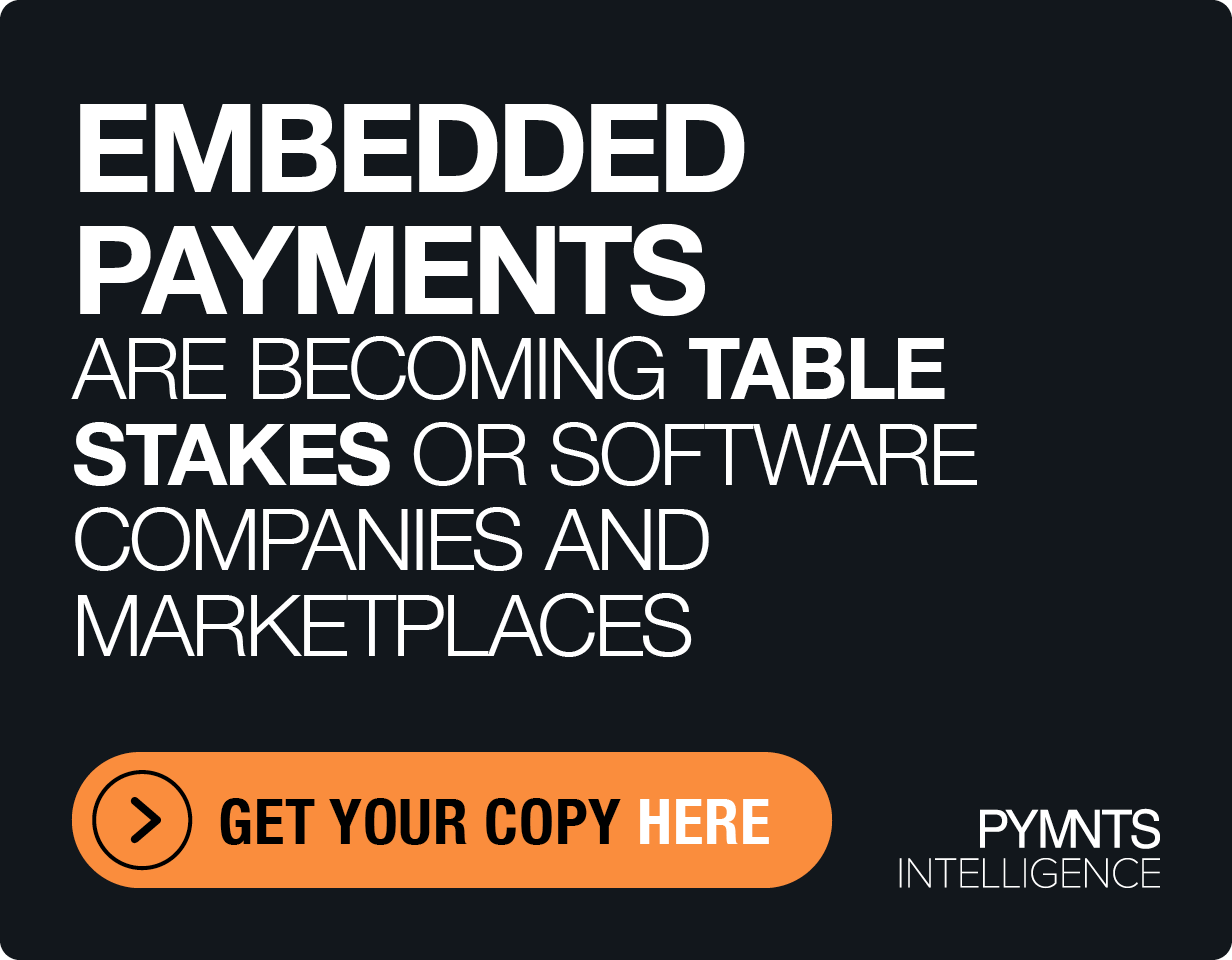Jump in Contactless Payments Opens Door for Digital Wallets
John (JP) Park, senior product manager of go to market strategy at Bank of America Merchant Services, told PYMNTS in an interview that the rise of contactless payments has been years in the making.
Midway through the last decade, with the launch of mobile wallets, “that started shifting the paradigm and the acceptance of contactless payments,” said Park. At least on the part of consumers.
However, there was a lack of readiness tied to “acceptance infrastructure,” Park said.
In other words, merchants and retailers were not ready to get on board. The EMV liability shift of 2015 should have given a tailwind toward greater merchant acceptance.
Early Hiccups
“There was a hiccup during that initial rollout,” remarked Park, who added that although the terminals had near-field communication (NFC) capability, they still had to be turned on and enabled. In the meantime, the financial institutions (FIs) themselves did not start issuing contactless cards at scale until around 2019.
The pandemic changed things. Public health concerns made us all, as consumers and as merchants, mull the safety of handling cards — and so there was a wholesale movement to try new methods of payment.
“And that’s when NFC really took off,” he said, as the consumer behavior changed.
Now contactless payments have staying power because those payments are convenient, and the speed of checkout, along with enhanced security, are appealing. Park added that “digital wallets are leveraging network tokens,” and many merchants have moved toward entirely cashless models.
Along with the increased use of digital wallets, and the fact that the payments infrastructure is firmly in place, QR codes are also gaining use in the ecosystem.
QR Codes Are Having Their Moment
“QR codes have also been around for a while,” said Park — since the 1990s — “but these days as we go to restaurants, you really notice the rise” in QR code use. The menu, so to speak, is out of patrons’ hands and stored in a code, and the checkout experience can be contactless too — without having to sign, well, anything.
“This represents a merging of different systems,” said Park, and commerce ecosystems are taking shape that are almost entirely devoid of paper and plastic cards (in the case of digital wallets being used). The ecosystems continue to develop as, for instance, the NFC technology is evolving to embrace a variety of form factors and use cases (and the readers themselves can be in the aisles).
The software-driven point of sale is “becoming just a new way of accepting payments” as tap to pay springs up more often in everyday life, Park said.
“Your phone has been turned into a contactless payment terminal without having any additional hardware or peripherals,” he said. “So, whether you want to accept a payment with a physical NFC-enabled card, a digital wallet, or even a wearable such as an Apple Watch or a Fitbit … all of this increases the ways [of paying].”
The added payments optionality (and acceptance by merchants) means that payments can be taken on board by businesses as far-flung as micro merchants all the way to an enterprise merchant model, from pop-up shops to sports stadiums.
The opportunity, then, is there for the banks to see consumers enthusiastic for FI-backed digital wallets. Earlier this year it was announced that participating FIs in the United States — including Bank of America — are launching Paze, a new digital wallet operated by Early Warning Services.
“From a digital wallet perspective, consumers are looking for a solution that’s seamless and secure,” Park said. “They want that convenience combined with trust.”
With Paze, consumers are auto-enrolled into the wallet experience and are not required to download a separate application. There is no new username or password to remember, and no manual loading of cards into the wallet experience. More than 150 million eligible consumer credit and debit cards will be available to check out online using the Paze wallet.
The banks have another inherent advantage when it comes to digital wallets.
“They have the ability to scale,” he said, but they “have to play a little bit of catch-up in terms of consumer awareness, as there are established incumbents in the digital wallet space. But I think the financial institutions and the banks are well positioned to start making an impact within that space.”
With a nod to the fact that contactless transactions have grown by more than 900% in the U.S. since before the pandemic, as measured in transaction volume (per Visa data), Park predicted that in the next five to 10 years, regardless of whether the payments are NFC, card-based or done through mobile devices, or a combination thereof, “contactless will really become the most popular method of payment.”

